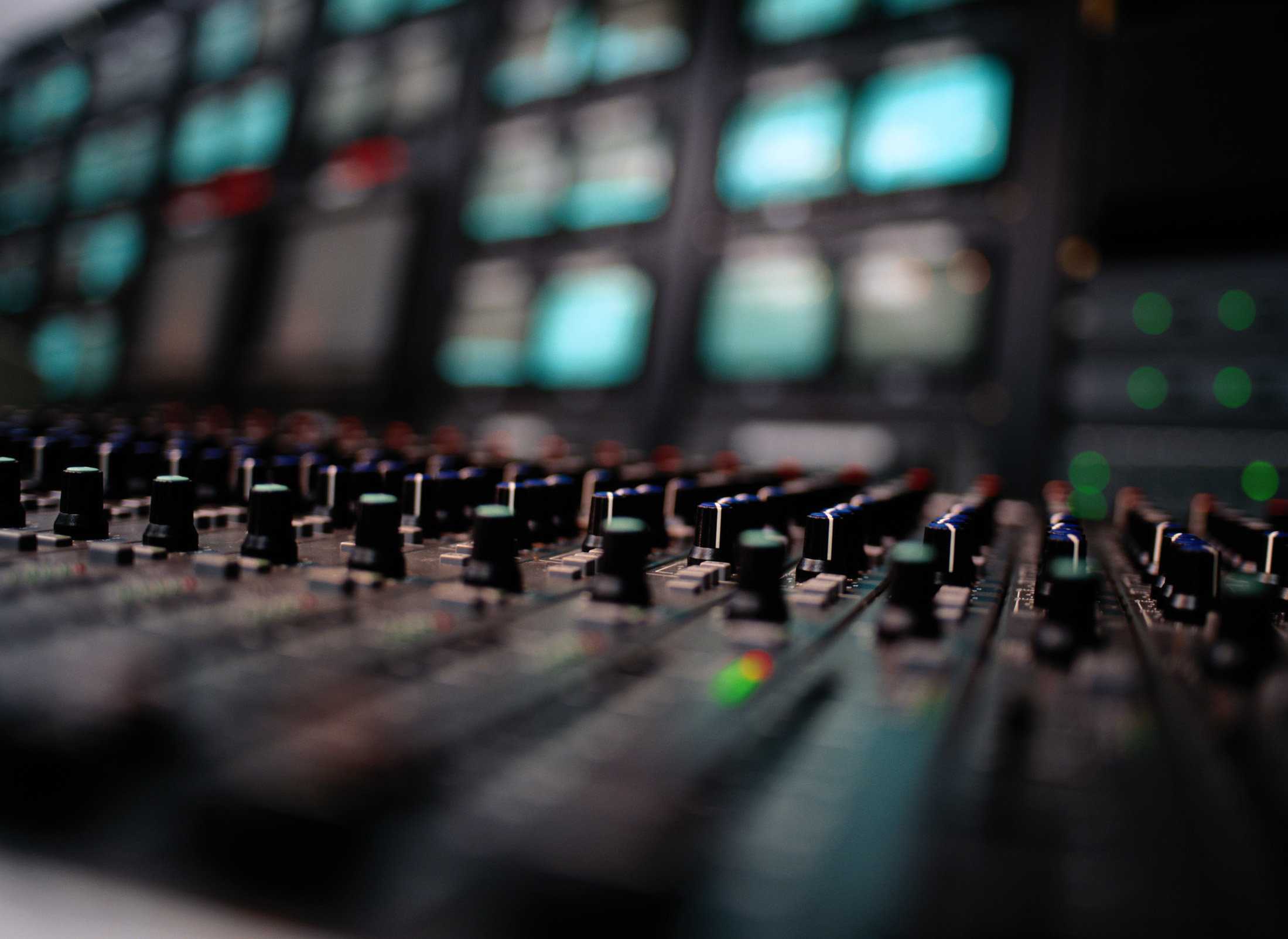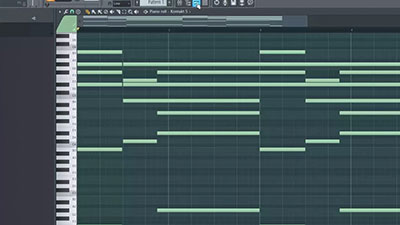

WLM Plus can also issue automation warnings when overs or unders (single clipped samples) occur and can even create a real time or offline log of the audio file, flagging those instants when clipping has occurred. Advanced metering plugins like the Waves WLM Plus Loudness Meter provide visual cues whenever target levels are exceeded. Other than that, clipping is generally something to be avoided like the plague. “It makes the track sound louder than it would otherwise, without compromising on the sound too much,” explains Yoad. "It’s okay to have some clipping as long as it’s only on up to 10-15 consecutive samples,” says mastering engineer Yoad Nevo, “more than that, and it’s audible.” Allowing some small degree of clipping during analog-to-digital conversion (as you would do if you were digitally mastering a mix done on analog tape) can enable you to squeeze out an extra dB or so during the transfer.

Now, whether or not you’ll actually be able to hear this distortion is another question. Sure, if you try to send a signal above that point to your digital-to-analog converter, it will attempt to play the data, but since it cannot go beyond that ceiling it will instead square off (“clip”) the waveform, which means distortion. This applies whether we’re talking about 0 dB, 0 dBVU, 0 dBFS (Full Scale), 0 LUFS, or 0 LKFS. The first Golden Rule of digital recording is simple: There’s nothing above zero. The key to accomplishing all three objectives is to get your levels right, and in this article we’ll take a detailed look at how to do so. (Note the use of the word “unintentional.” If you’re mastering a thrash metal track, there will no doubt be plenty of it already, but on purpose.)

But perhaps most importantly, you don’t want there to be even a hint of unintentional distortion. Secondly, you want to make sure that all the elements in the mix can be clearly heard, with a proper balance of frequencies. This is your last chance to get things right… and no time to mess things up!įirst, your goal should be to deliver a master that can compete in volume with other commercially released music in the same genre. So you’re ready to begin mastering that great mix that you (or someone else) engineered to perfection. How much is typical for today’s music? How loud is too loud? Get valuable tips on how to maintain proper levels for effective mastering.

Setting levels for compression and limiting is a vital part of the mastering process.


 0 kommentar(er)
0 kommentar(er)
